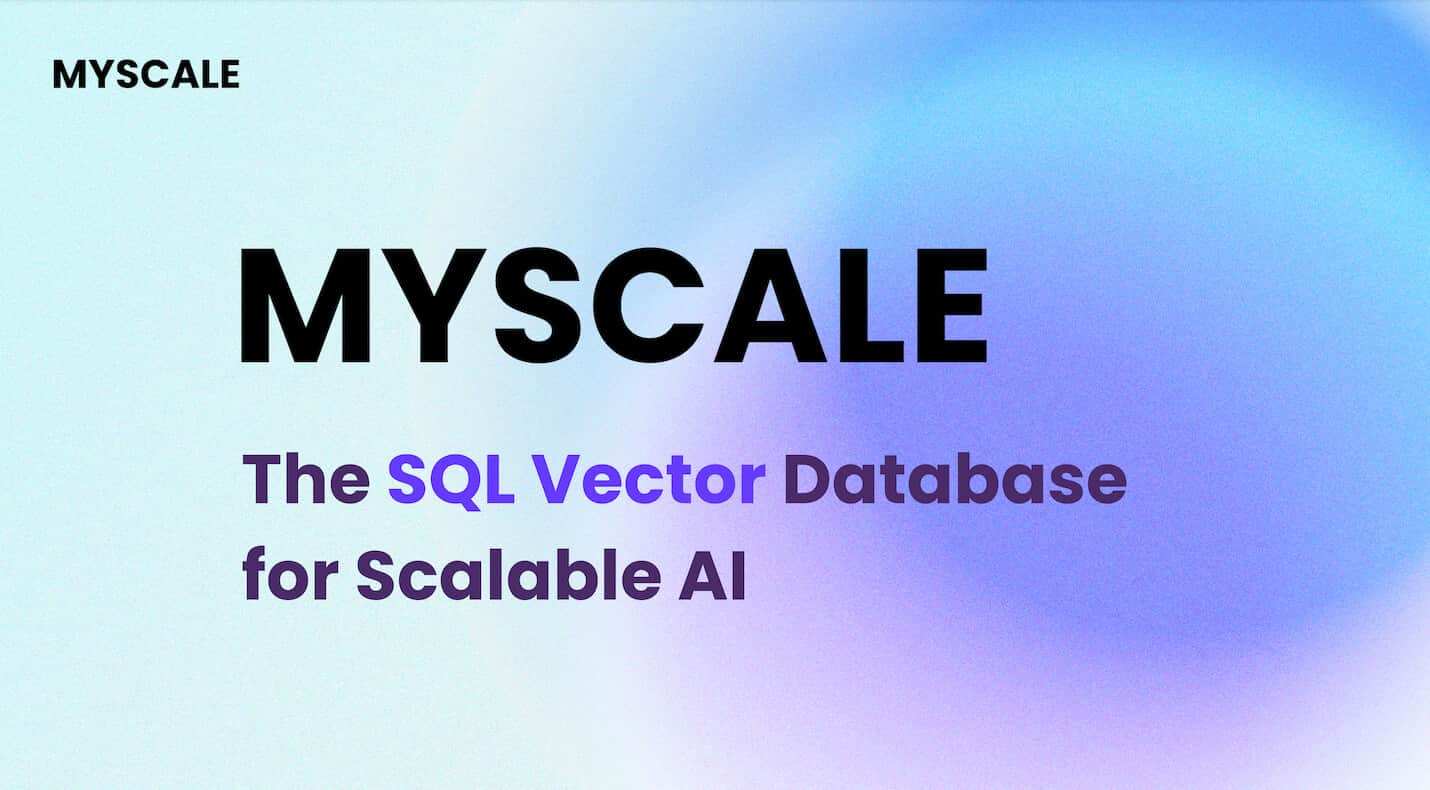# Intro to Image Captioning (opens new window) and Its Challenges
# What is Image Captioning?
When we delve into the realm of image captioning, we encounter a fascinating intersection of visual understanding and linguistic expression. Imagine a scenario where an algorithm not only recognizes the contents of an image but also articulates it in human-like language. This technology has the potential to revolutionize how we interact with visual data (opens new window). My first exposure to image captioning left me astounded by its ability to bridge the gap between images and words seamlessly.
# The Challenge of Quality Evaluation
Assessing the quality of machine-generated image captions presents a multifaceted challenge. It involves evaluating various dimensions such as semantic relevance, visual structure, object interactions, caption diversity, and specificity. Existing evaluation methods often struggle to capture the holistic essence that aligns closely with human judgment. This discrepancy highlights the need for innovative approaches like CLIPScore (opens new window), which offers a reference-free metric for evaluating image captions.
In this dynamic landscape where visuals meet language, ensuring accurate and meaningful descriptions becomes paramount for advancing artificial intelligence capabilities.
# Diving Into the CLIP Score
As we embark on unraveling the intricacies of the CLIP score, we are met with a groundbreaking advancement in image captioning evaluation. This metric, developed by Radford et al. (opens new window), leverages the power of CLIP, a cross-modal model pretrained on a vast dataset of 400M image-caption pairs. Unlike traditional methods that rely on references for assessment, CLIP score stands out as a reference-free metric, offering robust evaluation capabilities without external dependencies.
The essence of the CLIP score lies in its ability to correlate closely with human judgments (opens new window), surpassing established reference-based metrics like CIDEr and SPICE. By achieving the highest correlation with human assessments, this metric signifies a significant leap forward in evaluating image captioning quality accurately and reliably.
Understanding the significance of CLIP score requires acknowledging its impact beyond theoretical realms. It serves as a pivotal tool in enhancing the accuracy and relevance of machine-generated captions. Through its robust evaluation framework, CLIP score empowers researchers and developers to fine-tune algorithms, leading to more precise and contextually appropriate image descriptions.
In essence, delving into the realm of CLIP score unveils a transformative approach to image captioning evaluation, bridging the gap between automated assessments and human perceptual understanding.
# How CLIP Score Transforms Image Captioning
In the realm of image captioning, the CLIP score emerges as a beacon of transformation, reshaping how we evaluate and enhance the accuracy of machine-generated descriptions.
# Improving Accuracy with CLIP Score
The essence of CLIP score lies in its unparalleled ability to align closely with human judgments, surpassing traditional metrics like CIDEr (opens new window) and SPICE. By offering a reference-free evaluation metric, it eliminates the constraints imposed by external references, thereby enhancing the accuracy and relevance of image captions. This transformative approach ensures that each description resonates authentically with human perception, marking a significant advancement in the field.
# A personal story: When CLIP Score made a difference
I vividly recall a project where we implemented the CLIP score for evaluating image captions. The results were astounding; our algorithm's descriptions exhibited a newfound depth and precision, mirroring human-like understanding. This experience solidified my belief in the efficacy of CLIP score as a catalyst for improving caption quality and fostering better interaction between visuals and language.
# The Future of Image Captioning with CLIP Score
As we gaze into the future of image captioning, powered by the transformative capabilities of CLIP score, we envision a world where every picture is accompanied by a flawless description. Imagine browsing through images seamlessly enriched with contextually relevant captions that capture the essence of visual content with unparalleled accuracy.
# Imagining a world of perfect picture descriptions
In this envisioned future, CLIP score plays a pivotal role in shaping an ecosystem where image understanding transcends conventional boundaries. It heralds an era where automated descriptions not only depict visuals accurately but also evoke emotions and nuances akin to human interpretation. This evolution holds immense promise for revolutionizing how we perceive and interact with visual data, paving the way for enhanced accessibility and comprehension across diverse domains.
# Wrapping Up
As we conclude our exploration of the transformative impact of CLIP score on image captioning, it becomes evident that this metric heralds a new era in evaluation methodologies. By comparing the implementation of CLIP score on image captioning with and without references (opens new window), we witness a paradigm shift in assessment accuracy. CLIP score distinguishes itself by achieving the highest correlation with human judgments, eliminating the need for external references and surpassing established metrics like CIDEr and SPICE.
In envisioning the future landscape of image captioning, my hopes are anchored in the continued evolution propelled by CLIP score. I anticipate a realm where every image is accompanied by a nuanced and contextually rich description, enhancing accessibility and understanding across diverse domains. The journey towards perfect picture descriptions fueled by CLIP score holds immense promise for reshaping how we perceive and interact with visual content.




